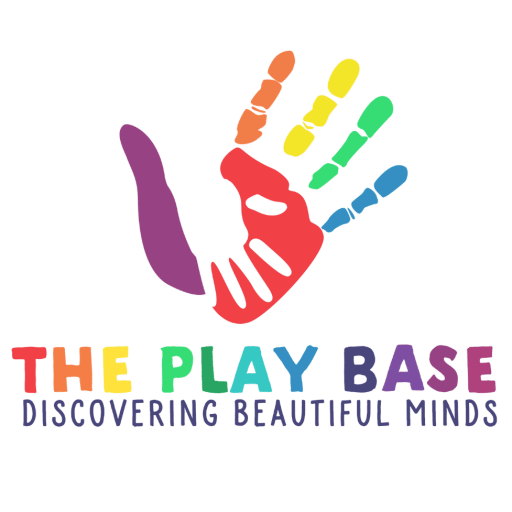The Early Start Denver Model (ESDM) is a scientifically-validated intervention created to assist children with autism spectrum disorder (ASD). It is a detailed, initial intervention approach emphasizing redefining societal communication, language, and brain power in children diagnosed with ASD.
Major Elements of ESDM
Early Intervention: ESDM focuses on early intervention, starting from the age of 1-4; it promises to bring a substantial change while kids are in their growing phase.
Progressive & game-based learning: The model uses a game-based approach, interweaving understanding into everyday activities to endorse dynamic participation.
One-and-One & Child-Centered: ESDM customizes interventions to meet each child’s specific strengths, emotional barriers, and interests, assuring a bespoke learning experience.
Realistic teaching strategies: Genuine techniques are executed, empowering learning to practice in the child’s natural surroundings to encourage an overview of skills.
Shared Engagement: The model promotes shared engagement in activities, fostering social connections and communication skills.
Parent participation: Parents are dynamically involved in the intrusion procedure, as they play a pivotal role in the child’s improvement and development process.
Two-way collaboration: ESDM comprises mutual effort among professionals, comprising therapists, mentors, and caregivers, to sustain the child in a broader perspective.
Core Principles
Relationship-based: ESDM prioritizes building favorable terms between children, protectors, and interventionists.
Child instigation and awareness: Inspiring the child to commence interactions; additionally, ESDM emphasizes enabling the child to respond to social cues.
Execution of ESDM
Evaluation: An early careful assessment recognizes the child’s vital areas, difficulties, and explicit progressive needs.
Determining objectives: Practical and realistic goals are planned for the child’s development depending on the evaluation.
Structured Teaching Sessions: Periodic teaching sessions are settled, concentrating on diverse, progressive areas, such as interaction, interpersonal skills, and self-care.
Bespoke Curriculum: A customized curriculum is crafted wisely to address the child’s specific requirements and support his overall development.
Data Collection and Monitoring: the developmental stages of a child are closely monitored by collecting data; by doing so, due modification in the intervention plan can be made possible
Benefits of ESDM
ESDM offers immense benefits for children who have been identified with autism. Let’s get quickly some major perks it provides:
- The early intervention approach of ESDM widely improves developmental capabilities.
- The interpersonal skills of children with autism are improved by deploying social engagement techniques.
- Language development is one of the major areas ESDM focuses on; it enhances children’s expressive abilities.
- ESDM takes care of a child from a broader perspective; for this, it provides children diagnosed with autism natural environment so they can showcase their capabilities across different situations.
- Participation of parents always has a strong positive impact, so ESDM equips parents with impactful techniques to assist their child’s development.
Over the years, ESDM has garnered huge appraisal and recognition; its advantages practically do wonders for children with ASD. Several types of research give a green signal to ESDM as it can positively impact a child’s learning and interpersonal skills. ESDM can substantially change the adaptive behavior of a child with autism.
Conclusion
The Early Start Denver Model (ESDM) is all about a robust intervention that brings optimism and continual assistance to children who are identified with autism. Through its bespoke and child-centered stratagem, children are equipped with vital skills to prosper in their developmental expedition. With early intervention and mutual efforts, children with ASD can make the most of their competence and proficiency.









